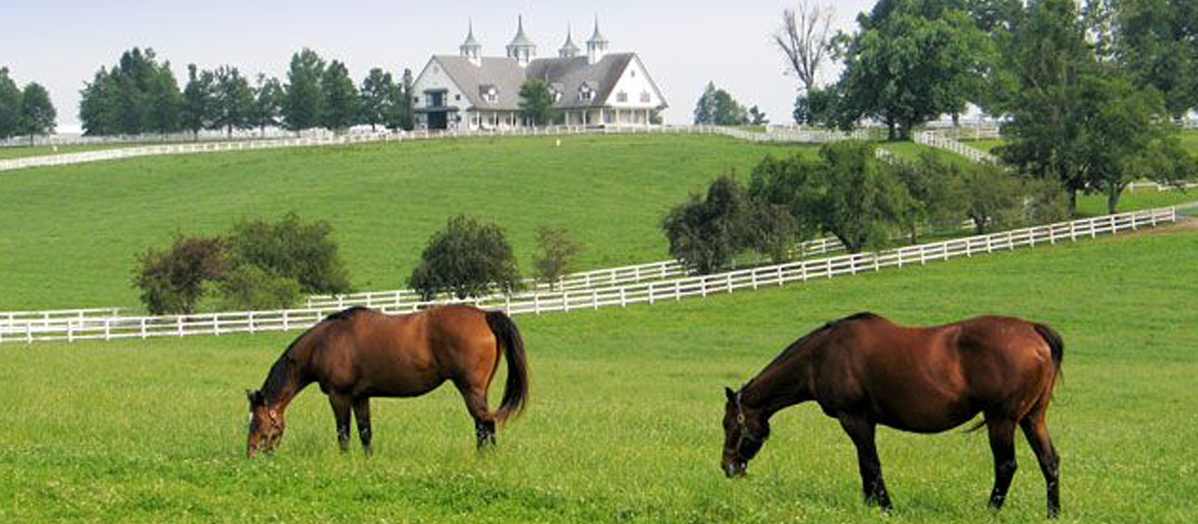365 Days in Horse Country – Mares and Foals

Horses make some of the best mothers in the world. Watch a mare with her foal, and you can learn lessons about love and parenting that you could never learn from reading a book.
From the moment a foal is born, the mare begins cleaning it. This is the beginning of the bonding ritual, securing baby to mother in a tight bond that only death can break. Once the baby stands and nurses, mother stands patiently, letting her little one get as much milk as he needs.
As the baby begins to get stronger over the days, he starts to wander. The mare keeps a close watch on him, and he is never out of her sight. If an unfamiliar horse comes anywhere near the baby, the mare meets him with bared teeth and pinned-back ears. Should the intruder persist, flailing hooves will be sure to follow.
The mare is the foal’s protector, and she is also teacher. She lets him know which behaviours are acceptable and which are not. Although patient, she is strict. The foal can play with his mom, but he can’t be disrespectful. The lessons he learns from her will come in handy in his future dealings with other horses.
If the mare is a saddle horse, the baby can also learn ways of humans through her. By tagging along on the trail when Mom is being ridden, the foal gets to see the world from a young age. By following along when mom is being led, the baby gets used to walking with people. And when it’s time for the foal to learn to lead, Mom can serve as a motivator as she walks up ahead.
Unfortunately, mares rarely have the opportunity to wean their foals on their own. Humans usually make this happen sooner than the mare would want and sooner than is in the nest interest of the foal. (Mares usually prefer to wean at about six months, but humans usually force this by separating mother from her foal at around three to four months of age.) Compassionate weaning takes place at the same age as other weaning; it’s just gentler. Considerate horse handlers make the process gradual, moving the baby to the stall next door to and keeping him there for a few days before moving him a bit farther away until the two have learned to lead separate lives in a gentle and gradual manner. Given the power of the bond between mare and foal, compassionate weaning should be the norm everywhere.
Michael







